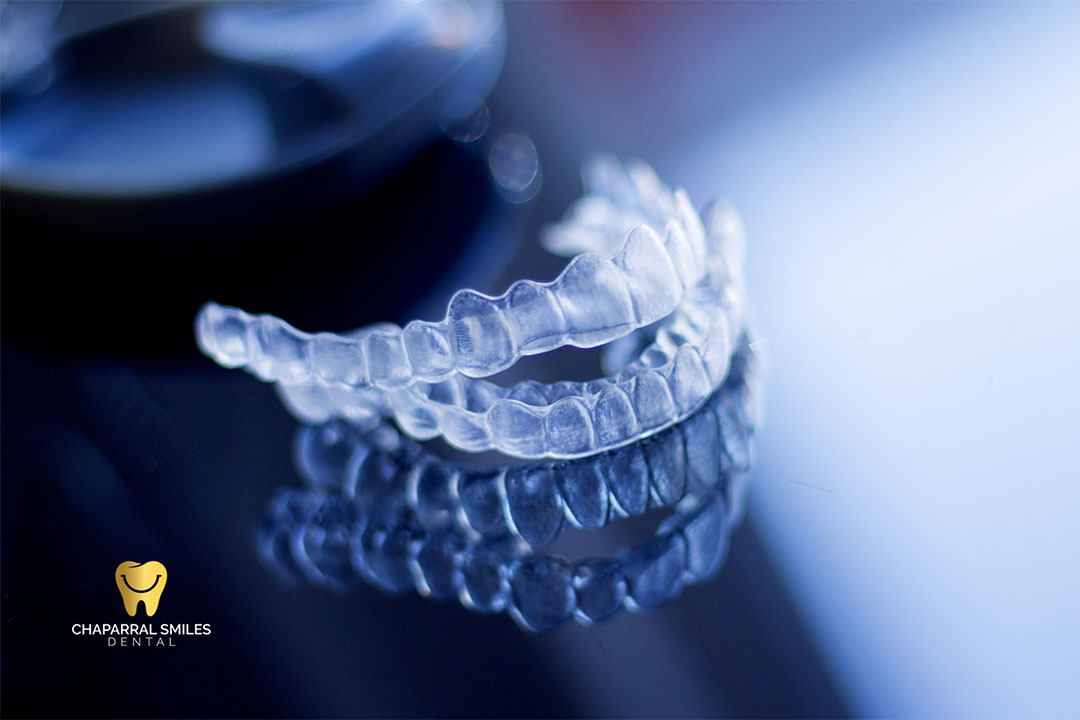Braces and Invisalign are both excellent options for achieving the smile you’ve always wanted, but understanding the cost associated with each can be daunting. You might wonder how much you should budget for your treatment, what factors influence the pricing, and whether insurance can help cover these expenses. In this blog post, we’ll probe into the costs, make comparisons between braces and Invisalign, and prepare you for what to expect during your orthodontic journey, ensuring you can make an informed decision that aligns with your needs and financial situation.
Understanding the Types of Orthodontic Treatments
A variety of orthodontic treatments are available to help you achieve a straighter smile. Understanding the different types can help you make an informed decision regarding the best approach for your dental needs. Here are the main types of braces and aligners you can consider:
- Traditional Metal Braces
- Clear Aligners
- Ceramic Braces
- Lingual Braces
- Surgical Orthodontics
| Type of Treatment | Typical Duration |
| Traditional Metal Braces | 18-24 months |
| Clear Aligners | 6-18 months |
| Ceramic Braces | 18-24 months |
| Lingual Braces | 18-36 months |
| Surgical Orthodontics | 12-24 months |
Traditional Braces
Orthodontic treatment with traditional metal braces is one of the most common methods to correct misaligned teeth. They consist of metal brackets attached to your teeth and connected by wires. The braces gently apply pressure over time, gradually moving your teeth into the desired position. While they can be visually noticeable, they are highly effective for various dental issues, including overcrowding and gaps.
Clear Aligners
Understanding clear aligners offers an alternative to traditional braces, providing a more discreet option for orthodontic treatment. These aligners are created from transparent plastic, making them virtually invisible while you wear them. We custom-make them to fit your teeth, changing them every couple of weeks to achieve gradual movement towards straightening your smile.
For instance, unlike metal braces, clear aligners allow you to remove them when eating or brushing your teeth, making it easier to maintain oral hygiene. While they are suitable for many orthodontic issues, severe cases may require more traditional treatments. Discuss with your orthodontist to determine if clear aligners are the right choice for your needs. You have a variety of options available based on your preferences and specific dental requirements.
Factors Influencing the Cost of Braces
It is important to understand that the cost of braces can vary significantly based on several factors. You’ll want to consider the following aspects when evaluating your potential expenses:
- Type of Orthodontic Treatment
- Geographic Location
- Duration of Treatment
- Your Unique Dental Needs
- Orthodontist’s Experience and Reputation
Recognizing these variables can help you prepare for the financial commitment involved in achieving your desired smile.
Type of Orthodontic Treatment
The type of orthodontic treatment significantly impacts costs. Traditional braces tend to be less expensive compared to more advanced options like Invisalign. The material used, whether metal, ceramic, or clear aligners, plays a vital role in determining the overall price. Each treatment option has its specific benefits and drawbacks, so it’s crucial to evaluate what aligns with your dental goals and budget.
Geographic Location
Treatment location affects overall pricing. Typically, orthodontic services in urban areas cost more than those in rural settings due to higher operating expenses. You should research the average prices in your area, as this can provide a clearer picture of what to expect.
The cost of braces can vary significantly depending on where you live. For instance, cities with a higher cost of living may have orthodontists who charge more for their services. It’s in your best interest to compare prices across various practices and check whether there are any promotions or payment plans available. Searching your area may help you find options that fit your budget.
Duration of Treatment
Factors such as the severity of your dental issues and the type of treatment chosen also affect treatment duration. Generally, the longer the treatment, the higher the cost, as you’ll see added expenses for follow-up visits and adjustments over time.
A shorter treatment plan could save you money in the long run, but it is important to prioritize effective treatment and results over cost alone. Always consult with your orthodontist to understand the expected timeline for your specific treatment and any associated fees. Doing your research, like viewing How Much Does Invisalign Cost? (2024), can offer more insights into the variables affecting your investment.
Cost Analysis of Braces vs. Invisalign
All dental treatments come with a cost, and when it comes to orthodontic options like braces and Invisalign, understanding the financial implications is crucial. You may be wondering, Braces vs. Invisalign? Plus, What Is the Average Cost of … this treatment? This chapter will help you navigate the cost analysis to make an informed decision.
Pricing Breakdown
Traditional braces typically cost between $3,000 and $7,000, whereas the cost of Invisalign can range from $3,500 to $8,500. The final amount will depend on factors such as your case’s severity, the length of treatment, and the specific orthodontist you choose.
Insurance Coverage and Payment Plans
With insurance coverage, many plans will help offset the cost of braces or Invisalign. But coverage varies, and some plans may favor one treatment over another. It’s advisable to check your specific plan and inquire about available payment options.
Analysis of your insurance coverage and payment plans can reveal helpful ways to manage out-of-pocket expenses. Some orthodontists offer flexible payment plans, allowing you to break down the total treatment cost into manageable monthly payments. Additionally, certain insurance policies may cover a portion of the cost, making it vital to confirm your benefits before starting treatment.
Summing up
As a reminder, understanding the cost of braces and Invisalign is crucial for making informed decisions about your orthodontic treatment. Factors such as treatment duration, complexity, and location significantly impact the overall expense. You should also consider potential insurance coverage and financing options to manage your budget effectively. By evaluating these elements, you can choose the best orthodontic solution that meets your needs while ensuring your smile transformation is both effective and affordable.





